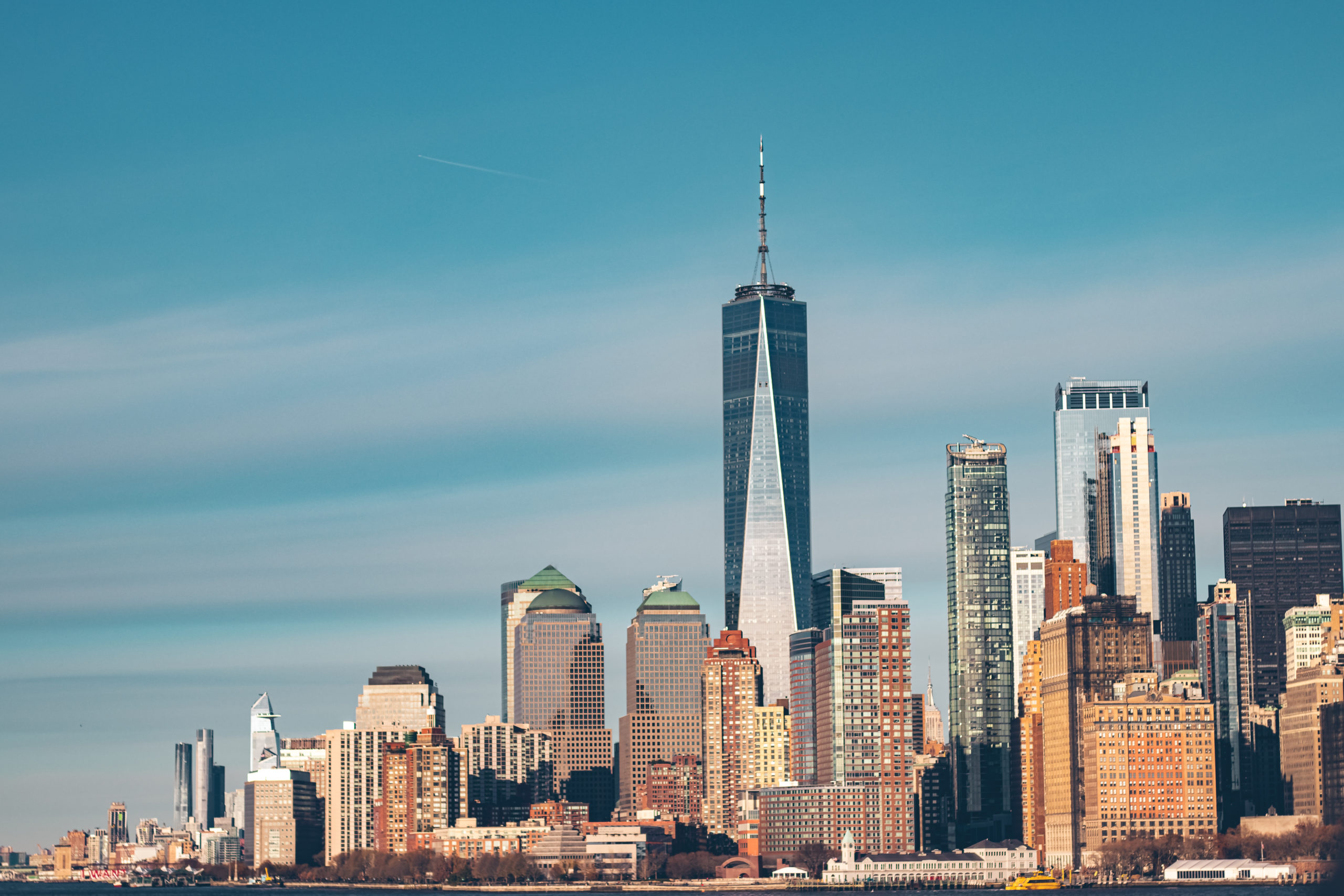
A vendor selling bangles waits for customers at a market in Bulandshahr, Uttar Pradesh, India, on March 11. India is still decades away from realising its true potential. Photo: AFP
When faced with sanctions from Beijing, Canberra exhibited a resilient front. Still, internal anxieties about the impact on its economy led Prime Minister Anthony Albanese to visit India recently, a potential export market and replacement for Australia’s economic ties with China.
Comparing China to India is like comparing apples with oranges, with the only similarity being their billion-plus populations. The United States is encouraging its allies like Australia to bet big on India as the slow process of decoupling investments from China begins.
India has been increasingly viewed as a natural ally to countries like Australia, which see it as an economic and military counterweight to China. They believe the best way for this to happen is through foreign direct investment into the country, to allow for a gradual transition of enterprises from China to India.
In its 2022 Investment Climate Statement on India, the US State Department called the country “a challenging place to do business” and highlighted its protectionist measures, increased tariffs and an inability to adjust from “Indian standards” to international standards.
The 2023 Index of Economic Freedom ranks India 131st in the world and 27th out of 39 economies in the Asia-Pacific region. The Indian government places equity limits on foreign capital in some sectors of the economy. In these sectors, according to the government’s circular of its FDI policy, beyond the cap imposed on foreign ownership, the entity must be “owned by/held with/in the hands of resident Indian citizens and Indian companies, owned and controlled by resident Indian citizens”.
In addition, ambiguities in the tax code have meant companies like Vodafone, Cairn Energy and GE Capital have found themselves in the cross hairs of tax authorities, putting into question India’s maturity as an FDI hub.

Visiting Australian Prime Minister Anthony Albanese is welcomed by Indian Prime Minister Narendra Modi during a ceremonial reception at the Presidential House in New Delhi, India, on March 10. The US is encouraging its allies like Australia to bet big on India as the slow process of decoupling investments from China begins. Photo: EPA-EFE
Such actions have seen India’s FDI inflows, as a share of the global total, fall from 3.4 per cent to 2.8 per cent between 2019 and 2021, whereas China’s share has have risen from 14.5 per cent to 20.3 per cent. In recent years, companies like Harley-Davidson and the Royal Bank of Scotland have either downsized or exited India, with German retailer Metro AG selling its operations after two decades in the country.
When one compares the relative size of their economies, China had a nominal gross domestic product of US$17.7 trillion in 2021, while India’s was US$3.2 trillion. India invests only 30 per cent of its GDP, compared with 50 per cent for China; and 20 per cent of its economy comes from manufacturing, as opposed to 30 per cent of China.
Investing in a domestic network of roads, airports, seaports and rail lines, as well as streamlining FDI regulations, allows China to move its products from factories to consumers efficiently, making it an attractive prospect for investment. That is not to mention the world-class infrastructure that has transformed the urban landscapes of both old and new cities within the country.




